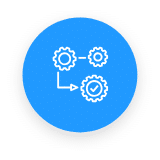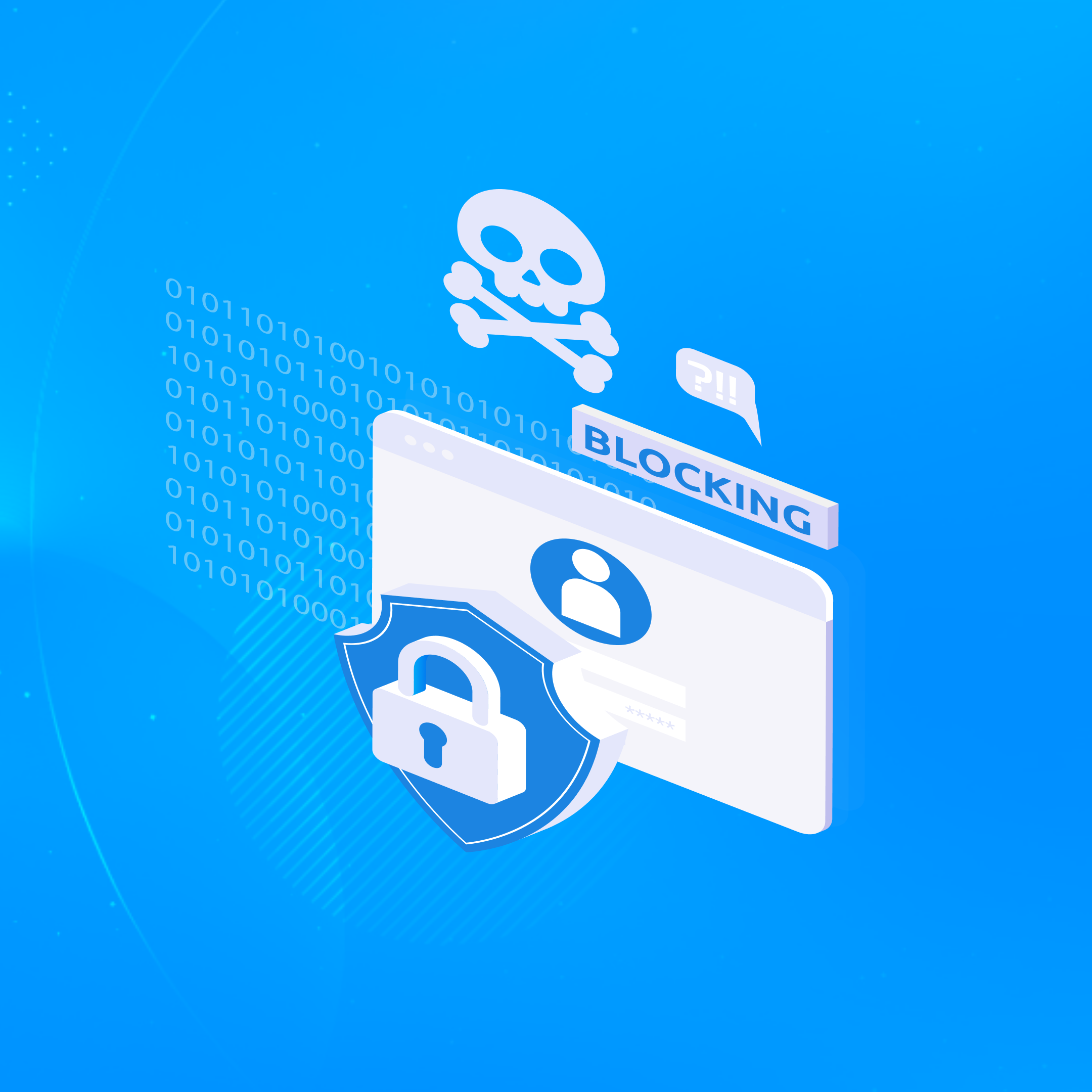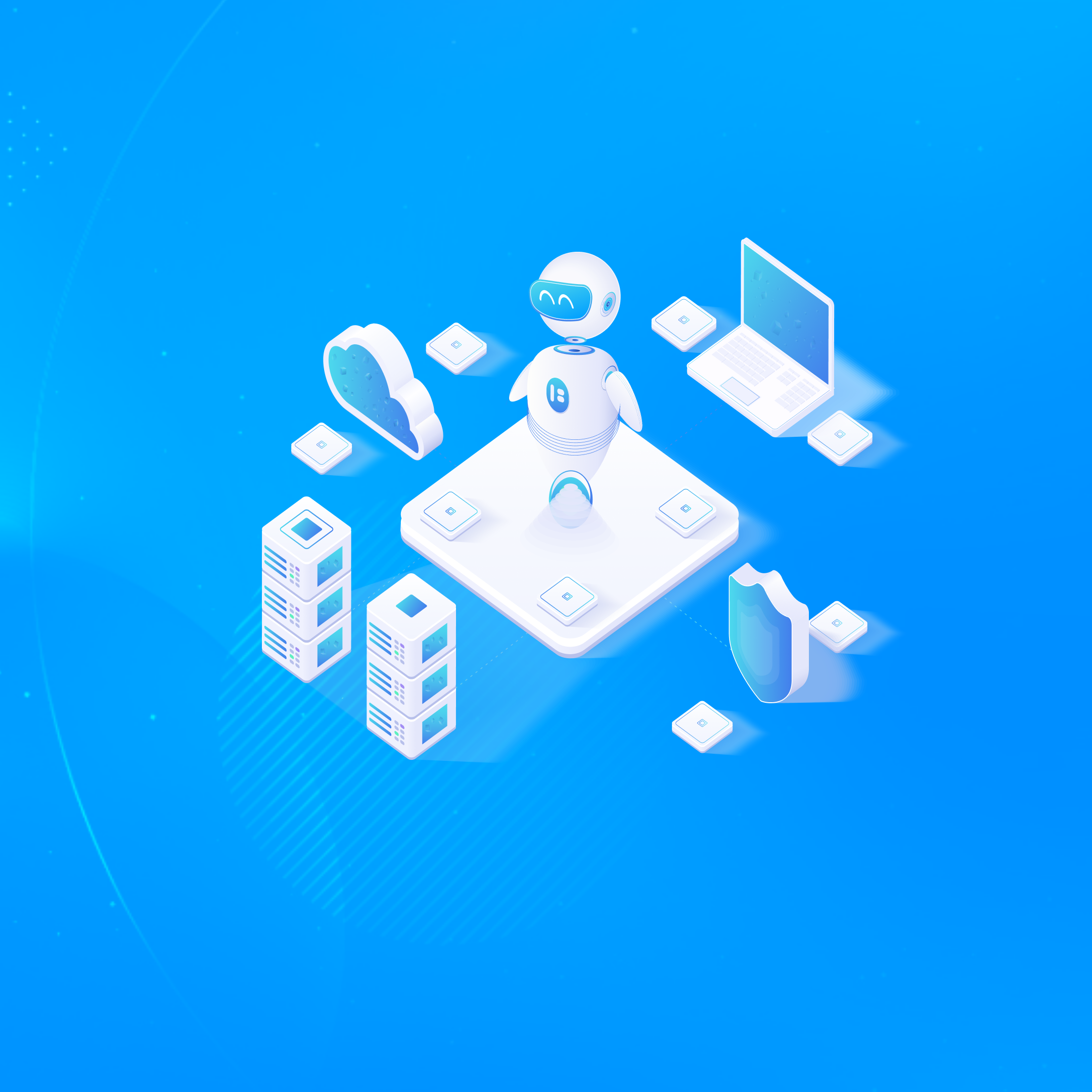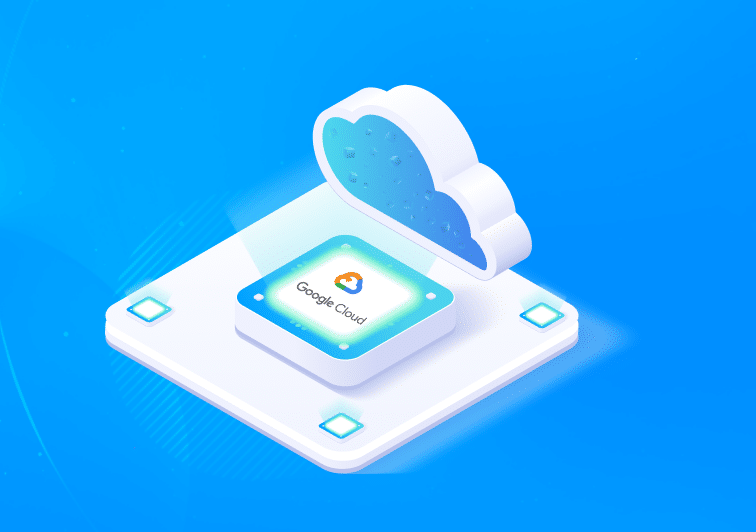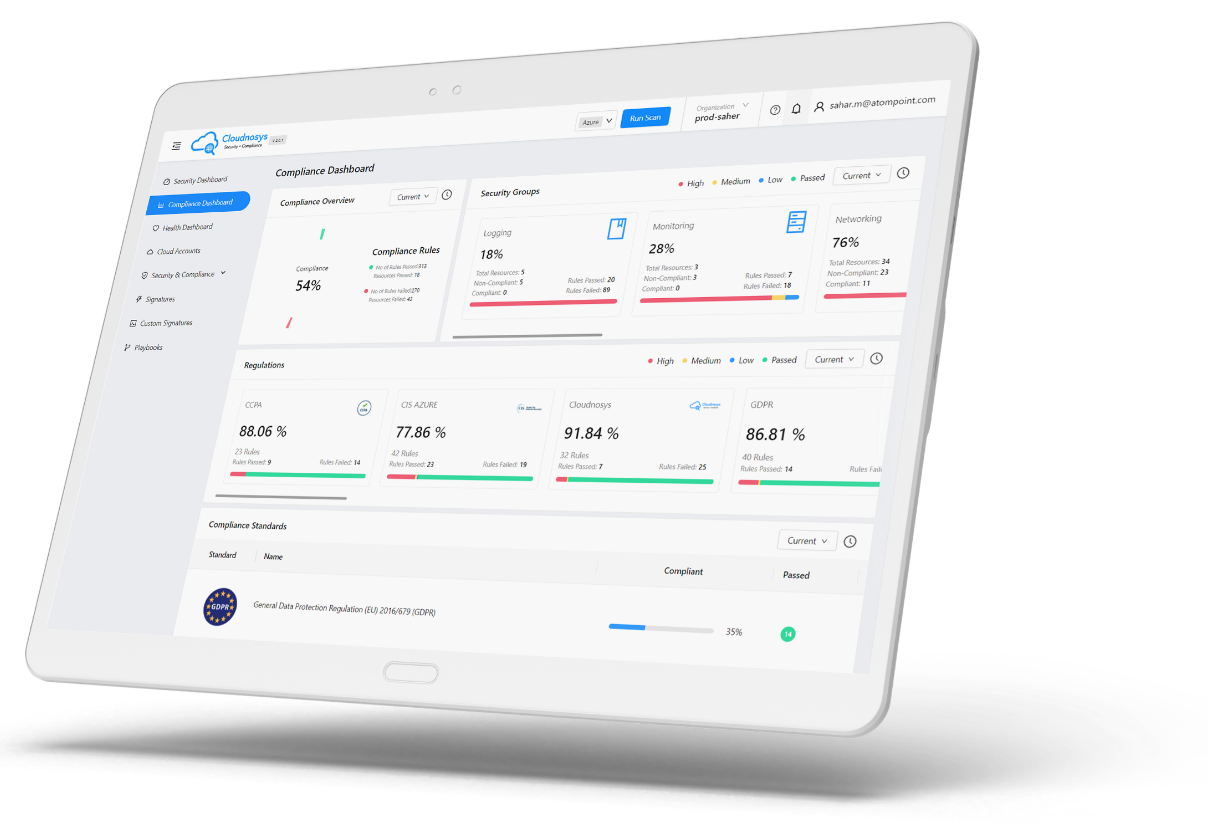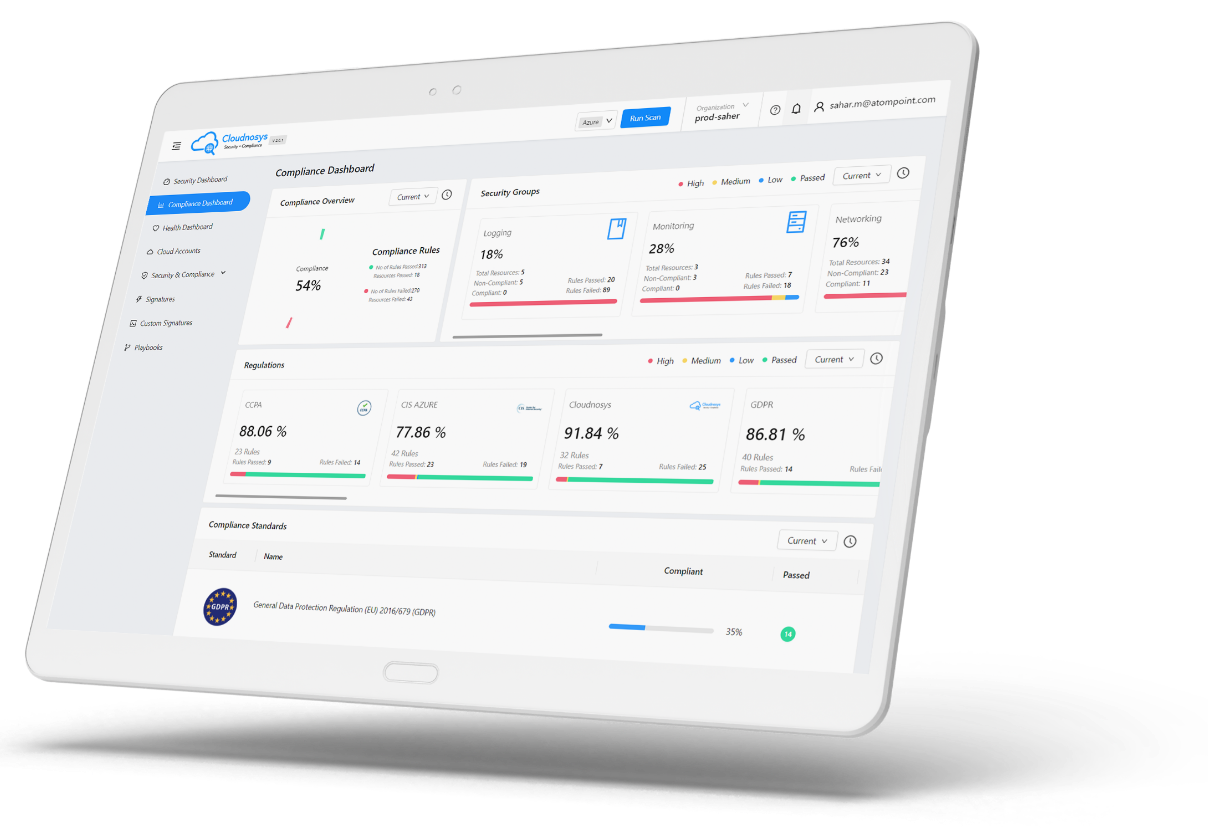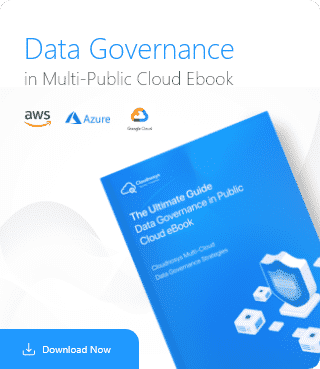Often we think about the tactical implementation of cybersecurity controls as “security” without thinking about the overarching objective. Insufficient integrations of security tools, triage, and talent retention are increasing security risks. They leave enterprise systems exposed to a high number of vulnerabilities. Organizations have recently embraced a lot of the capabilities in the cloud for the digital transformation journeys and to increase the velocity. You need to think about governance structures, but you also need to make sure that everyone has the necessary level of skills to be able to take part and do their part.
It is difficult to find and hire the best cloud security professionals, and this problem will start getting severe as more and more companies migrate towards the cloud. Cloud security is dedicated to protecting the data that organizations store on cloud platforms from data leakage, exposure, or theft.
Cloud Governance and Risk Management
The risk governance aspect is a critical part of the effectiveness of your risk framework. At all levels of the organization, you need to understand what it is that you are looking for and what to do with it. If there’s no action or nothing is happening as a result of that reporting, it becomes reporting for reporting’s sake only. The people down below get disenchanted with the risk management framework and it starts to fall apart.
You need a governance structure at the top that assures or identifies that everything is being done and that the inputs that are being provided are of a quality that allows decisions to be made. It ensures that all of the reporting and so forth as required is moving up the chain. To drive accountability, easily view all assets, configurations, vulnerabilities, risks, and manage baselines Cloudnosys dynamically remediates and heals your cloud using best practice standards to ensure compliance with little effort.
Cloud Governance Best practices:
Cloud governance is a process by which we ensure the health of an environment while still providing the agility, speed, and performance of that environment to the end-users. When we think about it from a cloud’s point of view, we think of multiple aspects. Some of them are as follows:
-
Financial Aspect:
We consider the financial aspect of how we are actually utilizing the cloud resources efficiently from a cost perspective and how do we stay on budget, how to make sure the cost is predictable, and then implement that cost on the application or business.
-
Security Aspect:
Secondly, it’s about security. How do we ensure our environment is secure, how we are considering the different boundaries when we consider the hybrid cloud or multi-cloud approach when we have data and transactions going on in multiple systems across the globe.
-
Seamless Performance:
Finally, it’s about operational excellence. How do we ensure that while we are utilizing these cloud services, we are ensuring our customers are satisfied and ensure the availability of our products and services 24/7.
In terms of public cloud initiatives, it is recommended to adopt a cloud governance model because we have to stay within parameters of our budget while ensuring the security so that data and information do not go into the hands of irrelevant people and at the same time making sure that performance and reliability are still being delivered to the end-users.
Do You Really Need a Security Team?
Developers have a core skill-set that many security teams lack. Development and security teams can help each other be more effective if they can understand each other better and share a common mission.
Developers do not admit this but they do not like security. They do not like the security function because it does not understand the development and often tries to force a process and toolset on them and often tries to force a process and toolset on them.
The security team helps clients take away those manual hours of having to pay people for operational work. They are paid to create a comprehensive solution that’s going to do that repeatable task over and over again. They help in automating tasks so the developer doesn’t have to do those tasks daily. Their job involves taking high-level requirements from senior managers and trying to create solutions with them.
As a part of the security team, you have to align yourself against frameworks and be compliant. Researching solutions and conducting cost analysis on those solutions to see if the solution is good compared to others or if you could come up with a few changes in the code is also part of the process for this team.
An example of their work could be checking the password if it is as complex as we need it to be or checking if we have monitoring and logging with cloud trail logs, cloud watch events and also ensuring that they’re all being logged to a database. The Cloudnosys SaaS platform safeguards your cloud against vulnerabilities, provides total visibility, control over cloud security, and compliance in AWS, Azure, and GCP.
How Developers Can Help Prevent Data Breaches?
As we are observing more and more sensitive data is moving into the cloud and the more we use personal applications such as ERPs and CRMs, the more data we introduce into the cloud by teaming up with internal and external clients. It gains efficiency but also exposes the system to risks in our organizations. It’s our responsibility to secure our cloud data.
Some of the measures that developers can take to prevent data breaches are following:
-
Very tight integration with Cloud Apps:
We want to make sure we can leverage the data coming from the cloud apps. Giving API level access is the best way to do that because it gives us continuous monitoring and gives us real-time information, which is much safer than traditional non-API-based methods like gateways or reverse proxies.
-
Encrypting without interfering functionalities:
Use the encrypting solutions that mediate between the user and the apps and by breaking the functionality and act as an additional layer of security and impacts the user experience.
-
Performance and Scale:
Performance and scaling ensure that our solutions don’t impact the end-user experience. Look for solutions that are scalable, easy to implement, and are high-performing. This is only possible when our application is tightly integrated with the cloud app.
-
IAM/SSO Integration:
We have to look for close integration with IAM and SSO solutions because that allows you to have complete visibility into your data users as well as your applications.
-
Process of managing DevOps:
The ability to gain visibility, insights and have those insights, and turn them into actionable intelligence and improve them is very important.
Let’s discuss Dev Ops. Dev Ops is about development and operations. Usually, we assume there’s a research and development team that is doing the design and architecture. They are writing the code and then we pass it over to the enterprise security team to secure it and manage it. This process should be rethought. Fundamentally, it’s not only about Development and Operations, but it’s also about security that needs to be forethought instead of an afterthought. Thinking about security ahead of Development and Operations is the way we should build, manage and run our applications. So we need to embed security into the entire project lifecycle.
All in all, the steps required to secure cloud data are based on the type and sensitivity of the data, the cloud architecture, the number and type of user authorized to access the data, and more. Some general best practices for securing cloud data includes;
- Encrypting data while storing or extracting.
- Using multifactor authentication to verify user identity.
- Adapting firewalls, and anti-malware to prevent attack risks.
- Isolating cloud data backups for increased data safety.
- Ensuring data location visibility and control.
- Logging and monitoring all aspects of data access.
Today everything is about speed and how fast we can deliver value to our clients. Gain visibility and control of all your security threats, vulnerabilities, configurations, risks, policies, and user activities with Cloudnosys. It helps prevent data loss, configuration drift, and unauthorized access.








